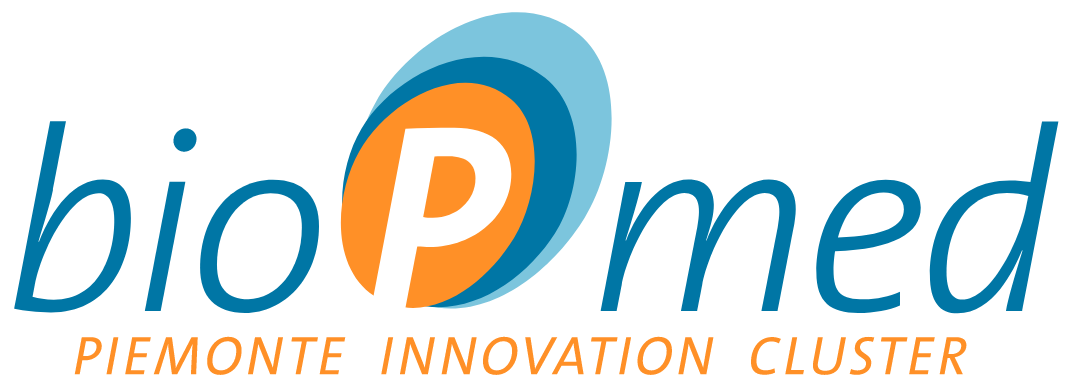Details
Project title: Generation of reagents necessary for the development of a rapid test for the diagnosis of dental caries
Acronym: TrCD
Coordinator: Luciano Stabile, Eporgen S.p.A.
TP/LS membership: CMDI/HMNA1
Subjects involved: Eporgen Venture, NotoPharm, University of Turin
Status: Completed
Abstract: The development of a diagnostic test for the determination of the presence of sCD14 in body fluids requires the production, at an affordable cost, of the reagents necessary for the execution, optimization and standardization of the analytical method deemed most appropriate. These are the necessary conditions for the transition from the experimental laboratory phase to an industrial application and subsequent marketing and it was the objective, achieved, of the project TrCD.
Contact for further information:
Name: Luciano Stabile
Organization: Eporgen Sp.A.
Address: Via Ribes 5 , 10010 Colleretto Giacosa (TO)
Phone: 0125.561000
E-mail: lstabile@eporgen.com
Web: www.eporgen.com
THE PROBLEM ADDRESSED
Dental caries is one of the most common diseases in the world, and its instrumental therapy, especially if late, implies with time the appearance of other consequences, including a more early use of prostheses of various types. It has been shown that the soluble CD14 protein (sCD14) is present in the saliva of caries-free subjects (caries-free, CF), while it is absent in the saliva of patients with active caries (caries-active, CA) [Bergandi et al., Eur. J. Oral Sci. 115:93-96, 2007].
In order to develop the necessary reagents for a rapid test for the diagnosis of dental caries, purpose of the project , the following activities were carried out:
- generation of monoclonaliant-sCD14 antibodies;
- generation of recombinant sCD14 protein;
- optimisation and standardisation of the method of quantification of salivary sCD14 using the ELISA technique.
THE ACTIVITIES CARRIED OUT
The activities carried out were as follows:
Eporgen Spa:
- enrollment subjects, collecting saliva samples and evaluating clinical parameters
- production of recombinant protein in eukaryotic cells
- monoclonal antibody generation, purification monitoring, quality control
University of Turin:
- preparation of saliva samples
- choice of the best pair of antibodies for sCD14 protein recognition
- functional tests of the ELISA
RESULTS ACHIEVED AND EXPLOITATION OF THE RESULTS
The leader and the partner have successfully carried out the development phases mentioned above and provided by the project plan, developing an ELISA test with the generation of the reagents necessary for the assembly of the same. The criteria for product transferability used in the course of this research project have been mainly usefulness, ease of use and a reasonably low cost of production and use, conditions necessary for the transition from the experimental laboratory phase to the subsequent industrial application.
The results obtained in the course of the trcd project have thus made it possible to lay the foundations for the subsequent development phase of the project, consisting in the preparation of a diagnostic kit (based on the quantification of sCD14 in saliva ) that is inexpensive and quick and easy to use, and therefore also usable in schools, hospitals and other social communities, as well as helping the dentist to perform a more accurate dental check or to induce patients to visit the dentist more frequently.
PROJECT NUMBERS
- Other public partners (Name): University of Turin
- Total number of partners : 2
- Number of dependent researchers (fixed and indefinite time and cocopro) involved : 2
- Duration in months : 24
- Total budget Approved total cost (after remodeling): 185,000.00 euro Total grants (after remodulation ): 96,500.00 euro
- Funding: 1° tranche (14-5-2012): 34.228,55 euro (35,47 %)
- Number of presentations at conferences and seminars: 2
- Number of patents filed: 1, on behalf of the University of Turin in exclusive license to Eporgen, according to which it was decided to develop the project.
- Number of permanent and temporary jobs created: 2
- Number of public researchers involved: 3
